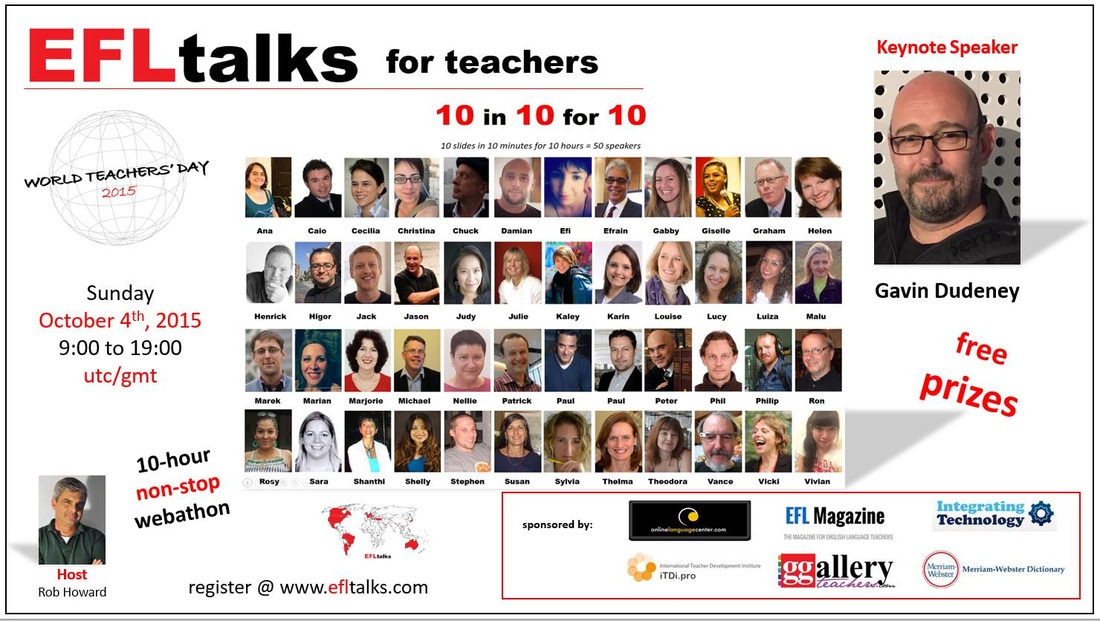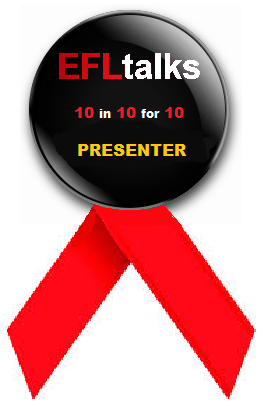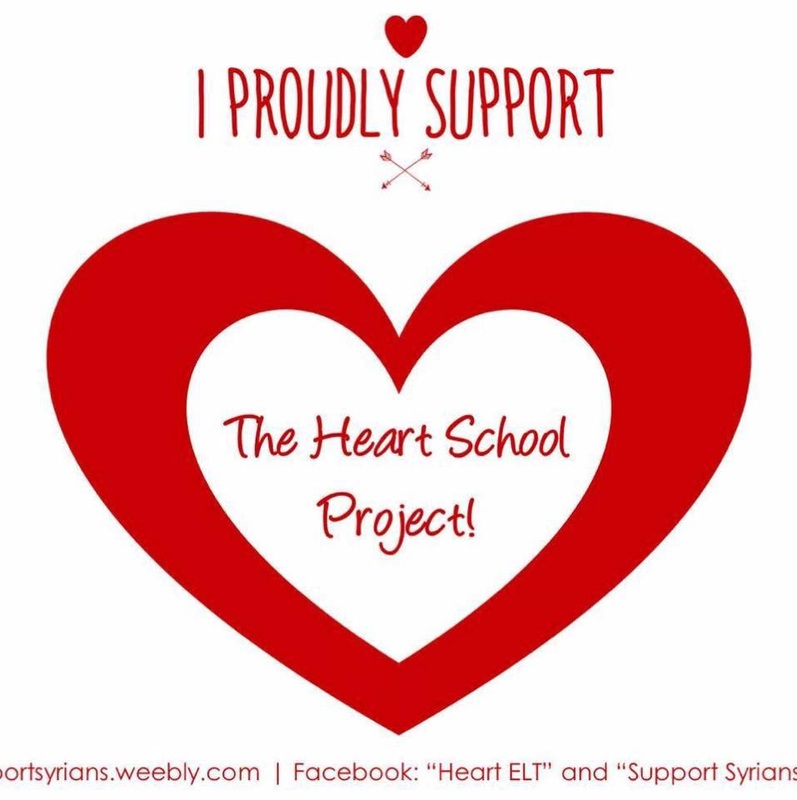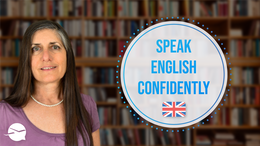|
As the festive season nears it's nice to do language activities in the Christmas spirit even if our students come from a multicultural background or are atheist. I feel it should be seen by all participants in class not so much as a religious moment solely for Christians (the Church is the appropriate place for that) but as an opportunity to exchange cultural and religious traditions from all over the world. So,whilst I explain to students how the Christmas season is celebrated in Great Britain, I also take the opportunity to ask students of other faiths and non to tell us about their greatest celebrations during the year. It's very interesting to hear about other religious traditions and a moment of sharing. Just as interesting is to discover that many families in far off countries celebrate Christmas despite not being Christian as a day for families to reunite, spend time together and exchange presents. So, apart from singing traditional carols, modern Christmas songs and enacting the Nativity, students enjoy any language activity in a new festive season motif. An activity I read about a couple of years ago but cannot remember the source (please let me know if you recognise who invented this activity) is: GUESS WHAT'S INSIDE THE CHRISTMAS STOCKING! I adapted it into two versions: one stocking for beginners with a PDF of suggestions as to the contents (objects for children & teens) and another stocking for adults with just a few prompts on the language of speculation: It could be... It might be... It can't be.... I thinks it's... It must be made of... It rattles so... etc. This seemingly simple activity causes much speculation amongst participants young and old, keeping them fully concentrated and engaged for more than half an hour, feeling the shape and consistency of the objects through the stocking, trying to guess the materials they are made of as well. At the end the stocking is opened and the objects revealed! A fun, exciting and useful activity for all ages, learning to discuss what things look, feel like and are made of. You can download my two sheets and the audio for beginners. Hope you have fun with them, Susan
0 Comments
Leave a Reply. |
Categories
All
Would you like regular English learning & teaching ideas? Subscribe to my blog so you don't miss a post!
AuthorMy name is Susan Brodar, born in London into a multilingual family and brought up bilingual English / Italian. Archives
December 2018
|
||||||||||||||||||

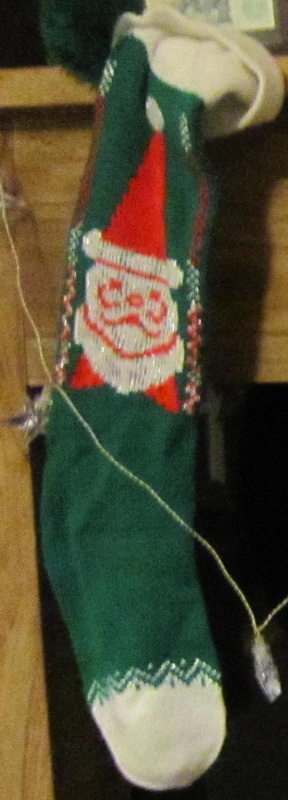
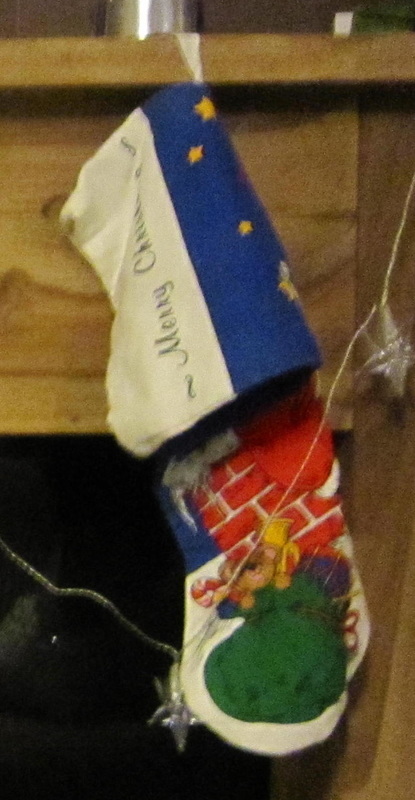

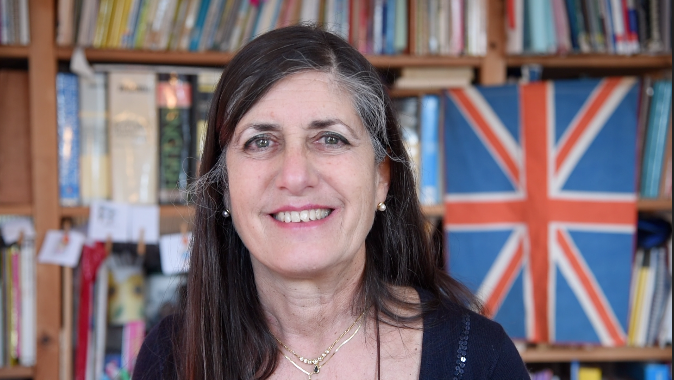

 RSS Feed
RSS Feed
